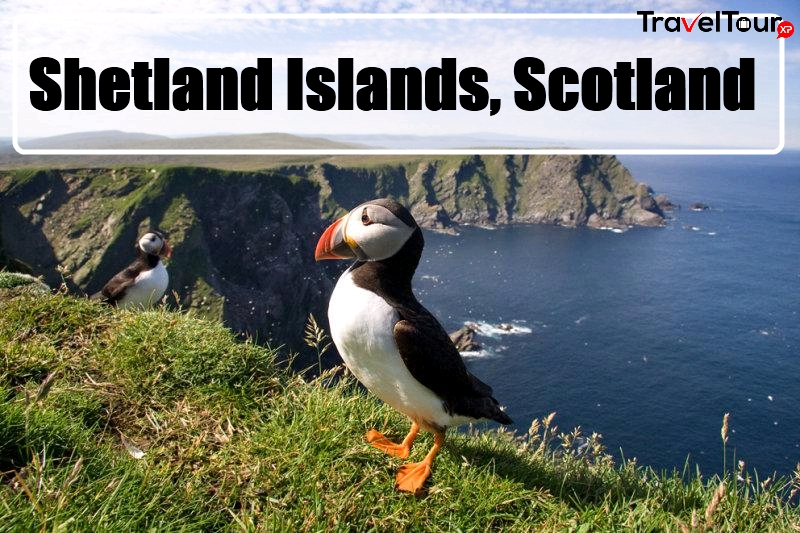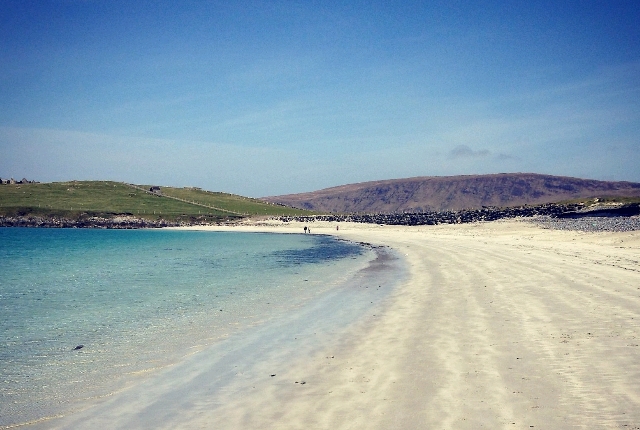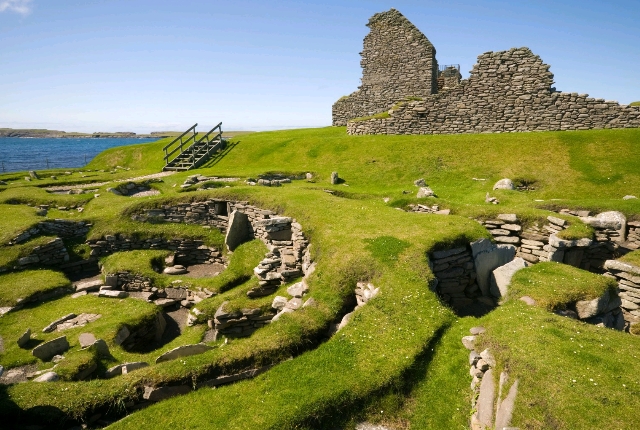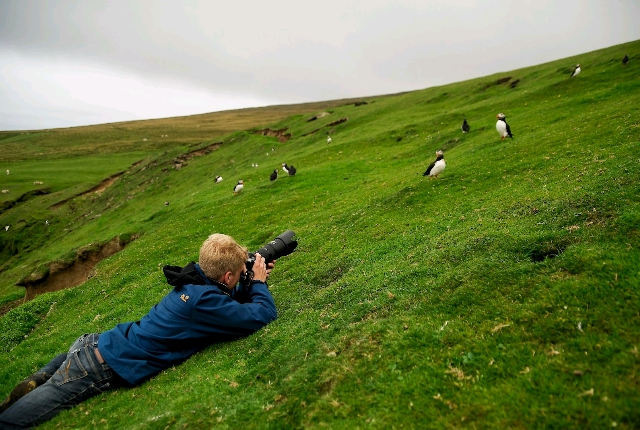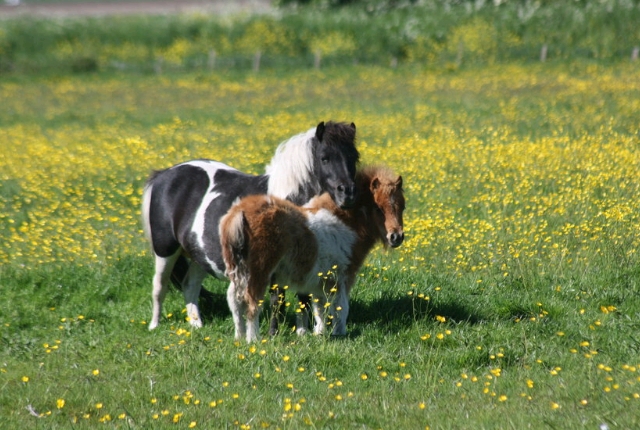In recent years, the Shetland Islands — part of the British Isles and located just north of mainland Scotland — have gained increasing attention from travellers worldwide. These remote islands offer an unforgettable combination of dramatic landscapes, rich history, and distinctive cultural heritage that continues to captivate visitors.
Sitting in the subarctic zone, Shetland is the northernmost region of the United Kingdom. While its remote location might once have been a deterrent, it now adds to the islands’ mystique and appeal. The modern development of Shetland gained momentum following the discovery of oil in the North Sea during the 1970s, which significantly boosted the local economy. However, the islands’ roots go far deeper, with references to Shetland dating back to Roman times.
What truly sets Shetland apart is its fascinating cultural identity. Once home to Norse settlers—commonly known as Vikings — Shetland retains a strong Scandinavian influence even today. The resulting blend of Norse and Scottish traditions is evident in the language, place names, local festivals, and even the cuisine. Beyond culture, the islands boast breathtaking natural scenery, from wild cliffs and windswept moorlands to white-sand beaches and serene lochs. They are also home to a variety of native wildlife species, such as the iconic Shetland pony, as well as Shetland cattle, ducks, pigs, and an abundance of seabirds and marine life.
For those planning a visit, here are five of the most interesting and memorable attractions in the Shetland Islands:
1. Meal Beach, West Burra
Shetland’s coastal geography means it’s blessed with numerous beaches — many of them secluded and remarkably unspoiled. One standout is Meal Beach, located in West Burra, a small island connected by road to the Shetland mainland. This beach is a hidden gem, known for its soft white sands, clear turquoise waters, and the dramatic rock formations that frame it.
Unlike more commercial seaside spots, Meal Beach offers a sense of quiet solitude. There are several small, natural beaches tucked between rocky headlands, making it ideal for walking, photography, or simply relaxing with the sound of the waves. Some areas have car parking nearby, adding to visitor convenience. Additionally, Shetland’s coastal waters are known for sightings of whales, seals, and seabirds, making any beach visit a chance to connect with nature.
2. Jarlshof Prehistoric and Norse Settlement
For history enthusiasts, Jarlshof is one of the most significant archaeological sites in the British Isles. Situated near Sumburgh at the southern tip of the mainland, Jarlshof provides a fascinating journey through over 4,000 years of human settlement.
What makes Jarlshof exceptional is the diversity of historical layers preserved at the site. Excavations have revealed evidence of Bronze Age houses, Iron Age broch towers, Pictish structures, Viking longhouses, and even a 16th-century Scottish laird’s house. Few archaeological sites in the world feature such a continuous and varied timeline in a single location. The site is open to the public and well-interpreted, allowing visitors to understand how life evolved on the islands over millennia.
3. Sumburgh Head Bird Observatory and Lighthouse
Shetland is a paradise for birdwatchers, and Sumburgh Head, located near Jarlshof, is one of the most accessible and rewarding birdwatching spots in the UK. Perched atop dramatic sea cliffs, Sumburgh Head is home to thousands of seabirds, including puffins, razorbills, guillemots, shags, and fulmars—especially abundant between May and August.
The Sumburgh Lighthouse, built in 1821 by the famous engineer Robert Stevenson, now includes a visitor centre with interactive exhibits, a café, and a viewing platform. The area also offers great views of marine wildlife, including seals, porpoises, and occasionally orcas. Whether you’re a seasoned birder or simply someone who appreciates wildlife and coastal scenery, Sumburgh Head delivers a deeply memorable experience.
4. Viking Heritage on the Island of Unst
Shetland’s Viking past is not just a footnote in its history—it’s a vivid part of the islands’ identity. Unst, the northernmost inhabited island of Shetland (and of the UK), is especially rich in Viking heritage. Archaeological discoveries here include the remains of longhouses and burial sites that offer insights into how the Norse settlers lived.
Visitors to Unst can also explore reconstructions of Viking longhouses and ships, which have been built to scale using traditional techniques. These allow for an immersive experience of Viking life and culture, and are part of a wider effort to preserve and celebrate Shetland’s Norse roots. Unst also boasts spectacular coastal views, wild landscapes, and rare flora and fauna, making it well worth the journey north.
5. Shetland Ponies
No visit to Shetland would be complete without encountering the islands’ most famous four-legged residents: the Shetland ponies. These sturdy, gentle ponies are an ancient breed that has lived on the islands for centuries. Standing just over a metre tall, they’re easily recognisable by their thick manes, small stature, and calm temperament.
Traditionally used for farm work and transport, Shetland ponies are now largely kept for breeding, tourism, and companionship. You’ll often see them grazing freely in the open fields or near roadsides. Their charm and resilience make them one of Shetland’s most beloved attractions, especially among families and animal lovers.
Whether you’re drawn to Shetland for its Norse history, remote wilderness, wildlife, or simply the opportunity to disconnect in a quiet, scenic environment, these islands offer something truly special. With a mix of heritage, adventure, and natural wonder, the Shetland Islands are an unforgettable destination for those who take the time to explore them.

